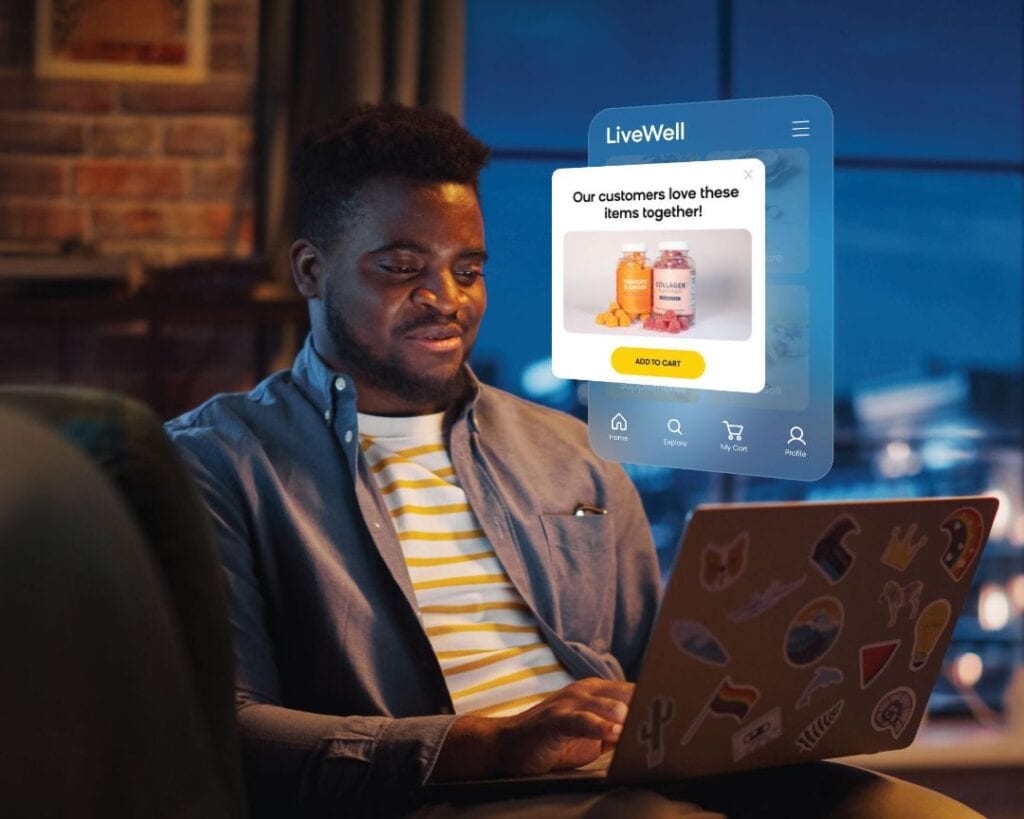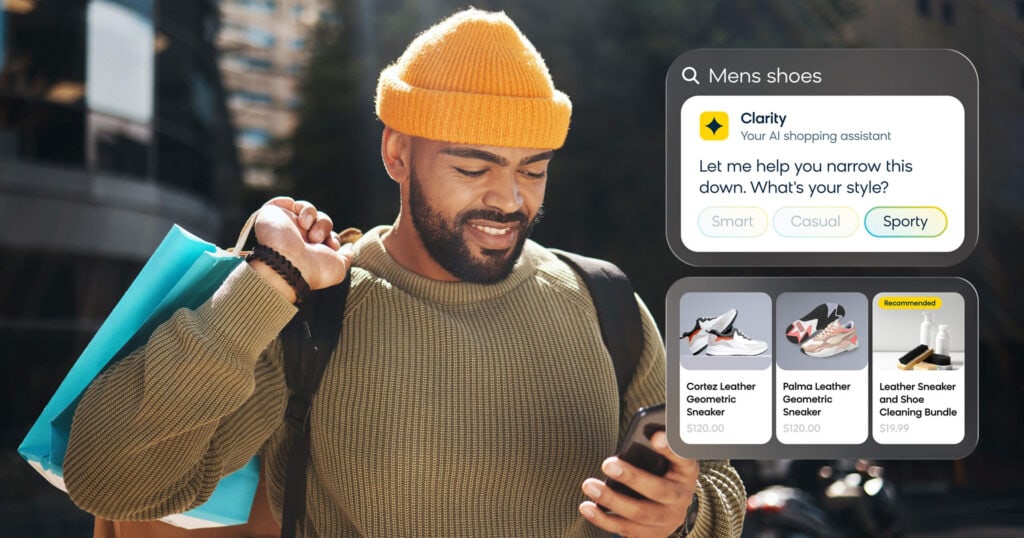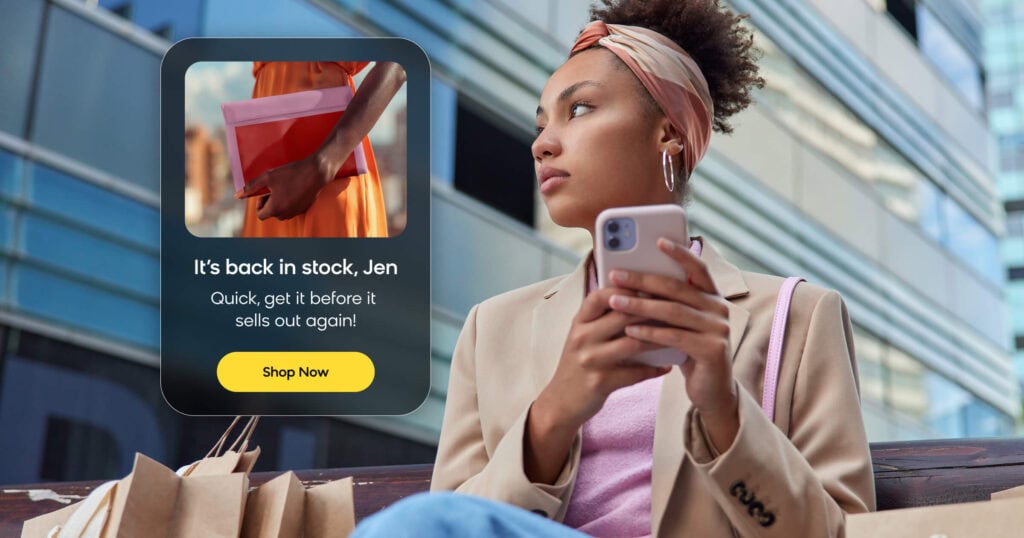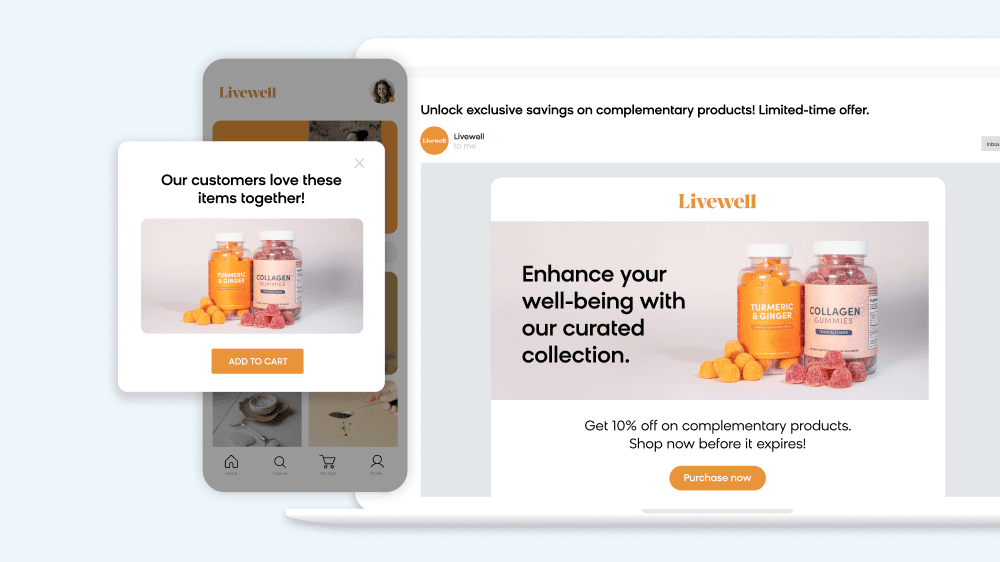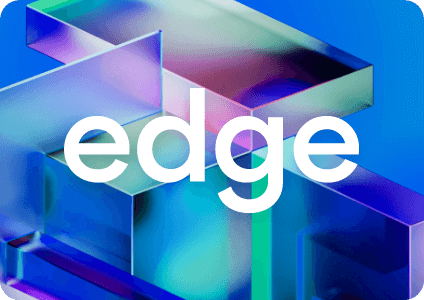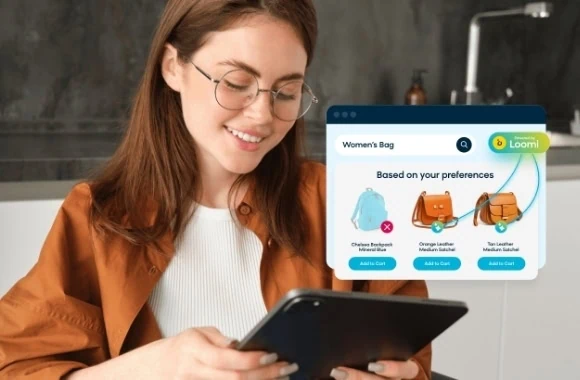We have heard from many of our clients that customer loyalty is paramount, especially in today’s marketplace where customers are quick to explore alternative options if their expectations are not met.
This is why Bloomreach Engagement is engineered to bolster customer loyalty by delivering truly personalized experiences at every touchpoint. To achieve this level of personalization, we have trained advanced AI models and integrated them into a sophisticated platform capable of activating insights in real time.
In this post, I will outline the technology that empowers marketers to enhance customer loyalty and engagement across every channel.
Scenarios — The Key to Personalized Omnichannel Marketing
One critical method we employ for personalized marketing automation is the creation and deployment of scenarios. Within Engagement, scenarios enable real-time journey orchestration. Brands can leverage customer data to define logical flows that connect with customers through multiple channels, including email, SMS, push notifications, webhooks, and more.
Our scenario builder functions as a no-code platform with an intuitive drag-and-drop interface. The core of initiating personalized automation through scenarios lies in its triggers. For instance, a trigger can be configured to dispatch a personalized follow-up email if a customer does not open an initial campaign within two days.
However, like any program, as scenarios become more complex — incorporating segmentation, multiple communication touchpoints, and layered triggers and filters — they can demand greater time and effort from marketers. This is where our multi-agentic AI approach comes into play. Our next iteration of Loomi AI will automate and streamline the creation and maintenance of scenarios by leveraging large-scale reasoning models.
Yet, this represents only one layer of AI at work — the layer that constructs the “program” (scenarios) using human-level knowledge, reasoning, and intuition. Complementing this, we deploy another layer of AI to integrate specific machine learning models within the scenarios. These are functional AI components such as 1:1 personalized recommendations, predictions, contextual personalization, and more — capabilities that are instrumental in delivering personalized experiences that enhance customer loyalty and engagement.
Let’s dive deeper into each of these functions and the technology we’re using to support them.
Recommendations
Product recommendations are fundamental to any effective marketing campaign. Showing the right products to the right customers not only drives revenue but also deepens customer engagement and loyalty.
We use different models depending on the type of recommendations you’re offering. To deliver personalized recommendations, we turn to a mix of:
- Collaborative-based models like alternating least squares (ALS) and word2vec. This is a more traditional approach that works by using matrix factorization to find associations and patterns between a customer and similar visitors to surface recommendations. However, some drawbacks of these models are that they don’t make sense of the relationship of consecutive user interactions, and since they don’t use metadata, they can suffer from a cold-start problem.
- Sequence-based models like two-tower neural networks. This type of machine learning uses interconnected nodes to learn over time and solve complex problems. As a result, a two-tower neural network can use data from a wide range of different customer events and topics to determine the best item in the direction of the user’s next best item interaction. Plus, these models use metadata to generalize better and alleviate the cold-start problem with collaborative filtering.
We gather training data from user events like views, clicks, cart interactions, and purchases. If this isn’t enough data to serve a personalized recommendation, we can fall back to recommending popular products via specific metrics that the customer chooses.
Predictions
AI-driven predictions have the power to elevate the customer experience to an almost magical level. By forecasting a customer’s next behavior, optimizing campaigns, and ultimately boosting revenue, these predictions are a critical tool for boosting loyalty. For example, a marketer can target an audience with the highest likelihood of converting, and then leverage predictions to provide the seed data for retargeting campaigns.

Our predictions process in Bloomreach Engagement is to have the marketer select which model to use (decision tree, random forest, or gradient-boosted tree). The marketer also decides what event to predict (e.g., purchase, email open, optimal send time, churn, in-session, etc.).
From there, teams can start the training process:
- Set the target window length, which is how far into the future the prediction should be made (e.g., probability of purchase in the next 7 days)
- Fetch the feature window, which is an interval from which the past interactions get samples (e.g., the last 60 days)
- Aggregate events of users and other flags from the feature window interval to be used as features
- Hypertune the selected models for the best results
- Sample the new feature window interval for the prediction
- Serve the prediction and get a report about performance within Bloomreach Engagement
This structured approach ensures that predictions are timely, relevant, and effectively support marketing initiatives.
Contextual Personalization
A/B testing is a proven method for determining which content performs best, but it can undermine the goal of delivering highly personalized experiences. Rather than reverting to a one-size-fits-all approach after an A/B test, contextual personalization tailors the experience for each individual customer.
With contextual personalization, you can show the most relevant variant on an individual basis, resulting in a more personalized experience. For example, instead of running an A/B test between a free shipping offer or a discount and then showing only the winning variant, you can use customer data and AI to determine which offer is best for each customer.
We make this possible through a contextual bandit algorithm with epsilon-greedy exploration. Essentially, Loomi AI chooses between multiple fixed choices to find which ones will pay out the most (i.e., increase conversions or click-through rate). The AI will take a user’s context into consideration when making these decisions, looking at previous behavior and preferences to select the option most likely to drive the desired outcome.
When training the AI for contextual personalization, a reward token gets generated with every decision. After a successful action (like a campaign click), this reward token is tracked back to the model for improved efficacy.
AutoSegments
Our AutoSegments feature revolutionizes audience segmentation, making it considerably easier for marketers to identify and exploit new opportunities by targeting the right audience. For example, by discovering segments of customers who are underinvested — those who arrive via organic channels yet exhibit high conversion rates — marketers can strategically focus their efforts to boost performance.
For HMV, AutoSegments enabled the brand to achieve a 34% increase in impressions, a 425% surge in landing page views, and a 14% revenue lift.

To achieve such results, we employ formal concept analysis to ensure that the generated segments exhibit both high correlation and interpretability. Marketers must carefully select features as inputs, given their significant impact on the output.
Drive Loyalty With Bloomreach’s AI-Driven Features
To cement customer loyalty, it is essential to deliver a personalized shopping experience across every channel. Our Bloomreach Engagement platform is purpose-built to make this possible — regardless of how your customers shop.
Our engineering efforts with Loomi AI are guided by rigorous AI development principles, which compel us to remain updated with the latest models and to train them diligently — with appropriate guardrails — to ensure that your customers enjoy the most seamless, engaging experience possible. Learn more about what you can achieve with our AI-powered platform.

